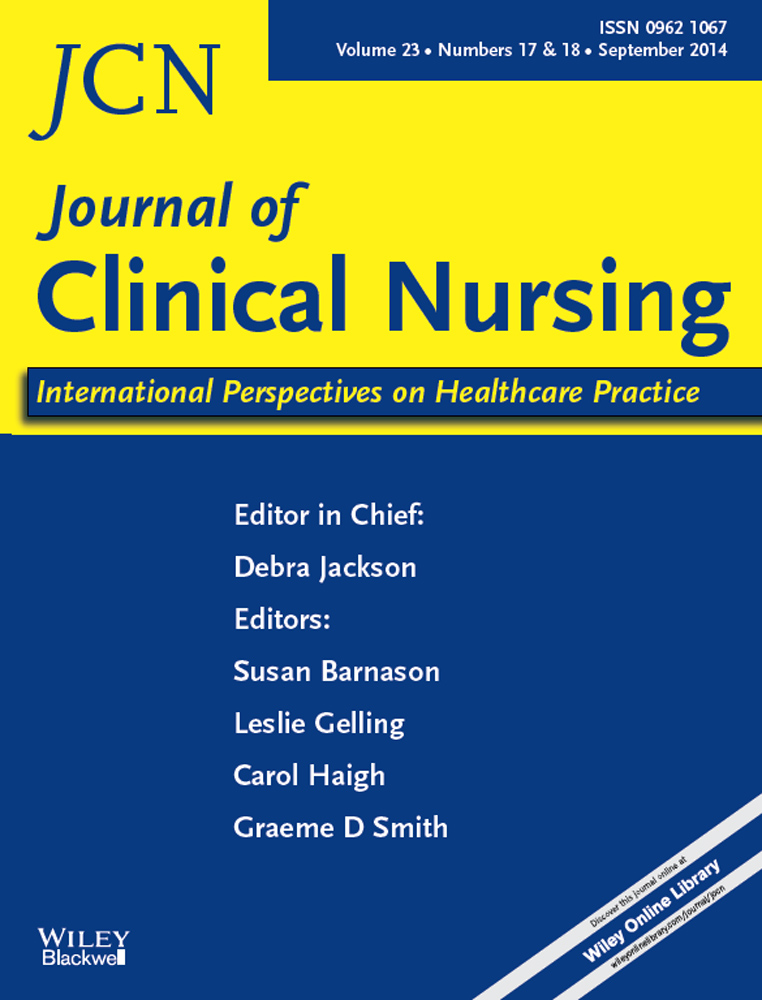Commentary on Cone PH and Giske T (2013) Teaching spiritual care – a grounded theory study among nursing educators. Journal of Clinical Nursing 22, 1951–1960
Spirituality is defined for example as a ‘sunset, springtime or a symphony’ (Stoll 1989, pp. 4–23). However, hospitals are inhospitable to these expressions of spirituality. Many hospitals are designed deprived of natural light. We regularly discourage flowers being brought into hospitals, and with space at a premium, there is hardly room for a string quartet to position itself. Patients who are hospitalised and do not express spirituality through religiosity or faith and cannot draw comfort and ‘inner strength’ from aesthetic expressions of spirituality very much rely on relationships with others (Coyle 2001). In hospitals, nurses are closest to the patient, and therefore, nurses may require instruction in spiritual care. Cone and Giske (2013) explored the teaching of spiritual care through a grounded theory study with nursing educators on how best to prepare undergraduate nurses. They found that students should be taught how to recognise spiritual cues and make spiritual assessment and interventions in theory and practice more visible. Irish soul musician Van Morrison (1986) asserted in spirituality – there is no method, no guru and no teacher. Burkardt (1994) agreed that spirituality is not an intellectual exercise but a lived experience. The most we can achieve in the preparation of students is awareness-raising of the profoundness of human nature, spirit and interaction. We have to accept there are some aspects of humanity which resist explanation and structure. That formalisation and formulations would be undesirable. The beauty and boundless meanings of spirituality in their raw experienced form is what makes nursing individual and compelling and responses to spiritual needs creative. We have to consider whether it is wise to educate future nurses out of their creative abilities with structured approaches to spiritual assessment and care.




